Frankincense 50g
£5.15
Latin Name: Boswellia papyrifera
Family: Burseraceae
Common Names: Boswellie, Olibans, Olibanum, Olibano, Salai Tree, Oleo-Gum-Resin Frankincense – an aromatic resin obtained from trees of the genus Boswellia in the family Burseraceae, is also known as olibanum. Boswellia is a tree with papery, peeling bark and leaves clustered at the ends of tangled branches. It is the source of the oleo-gum-resin frankincense, which besides other uses, has long been valued for its sweet-smelling fumes when burnt. The name ‘frankincense’ is derived from the Old French ‘franc encens’, meaning pure incense or, more literally, free lighting. Trade in frankincense, which is produced by various trees in the genus Boswellia, dates back to at least 2000 BC. Up until the 1830s, many Europeans mistakenly believed that frankincense was the resin of a species of Juniperus, a conifer.
Out of stock
Description
Properties:
- Stimulant: – helps to increase alertness and energy
- Anti-inflammatory: – reduces inflammation
- Astringent: – encourages skin cells to contract
- Antiseptic: – preventing the growth of disease-causing microorganisms
- Disinfectant: – something that destroys bacteria
- Digestive: – promotes the digestion of food
- Diuretic: – increases the excretion of water from bodies
- Expectorant: – promotes the secretion of sputum by the air passages
- Cicatrisant: – skin-healing, wound healing or cell regenerative
- Carminative: – relieving flatulence
- Cytophylactic: – stimulates the generation of new cells
- Emenagogue: – something that stimulates or increases menstrual flow
- Uterine: – supports the health of the uterus
- Vulnerary: – of use in the healing of wounds
- Contains Boswellic Acid (AKBA)
Benefits:
- Respiratory System
- Digestive System
Skin & joints.
Harvesting:
Frankincense is harvested by tapping (cutting) the bark of the Boswellia tree and allowing its resin (sap) to bleed out and harden. The hardened resins are called tears.
History:
- Frankincense has been traded on the Arabian Peninsula for more than 5000 years.
- Frankincense was one of the consecrated incenses described in the Hebrew Bible and Talmud and has numerous mentions in the New Testament. Together with Gold and Myrrh it was one of the three gifts made as on offering to the infant Jesus.
- The Greek historian Herodotus was familiar with frankincense and it is also mentioned by Theophrastus and by Pliny the Elder in his Naturalis Historia. Southern Arabia was a major exporter of frankincense in antiquity, with some of it being traded as far as China
- There are several species and varieties of frankincense trees, each producing a slightly different type of resin.
- The trees start producing resin when they are about eight to 10 years old. Tapping is done two to three times a year with the final taps producing the best tears due to the higher content of their aromatic terpenes. Generally speaking, the more opaque resins are the best quality.
Healing Properties & Compounds:
- There is increasing information online about the healing properties of the different types of Frankincense.
- All oleo-gum-resins (solid plant exudations consisting of a mixture of volatile oil, gum, and resin) share anti-bacterial and anti-inflammatory properties. Of the more than 300 known active ingredients in frankincense, boswellic acids are the most well-studied.
- Boswellic acids, which are responsible for the impact of the ingredients of the Boswellia resin, interfere in the process of inflammation.
- “Boswellic acids interact with several different proteins that are part of inflammatory reactions, but most of all with an enzyme which is responsible for the synthesis of prostaglandin E2, [these] acids block this enzyme efficiently and thereby reduce the inflammatory reaction,” Dr Oliver Werz of the Friedrich Schiller University Jena, in Germany commenting on his own research in 2011.
- There are theories that most if not all age-related degenerative conditions are directly associated with inflammation.
- Phytochemicals (biologically active compounds found in plants) in Frankincense have been proven useful for arthritis, rheumatism, cancer, ulcers, colitis, brain injuries, depression, anti-aging (increasing skin elasticity and reducing wrinkles) and much more.
Usage:
- Frankincense can be inhaled, ingested or used as an oil, slave or balm.
- Our olfactory system (sense of smell) is the quickest way to the brain, The use of Frankincense as an incense has been around for a very long time (see history) and most religions practice some form of ceremonial burning of incense, whether as an offering to the god or gods, to purify the area, or to create a receptive atmosphere for supplicants.
- Studies have shown that oleoresins such as Frankincense contain psychoactive ingredients that affect our brain chemistry, our bodies being able to absorb the medicinal, healing properties through their smoke. This is able to induce feelings of heightened spirituality and well-being. In studies it has been shown to reduce feelings of depression and anxiety, and reduce inflammation in the brain.
- Using as an oil, salve or balm can help the skin to increase its elasticity, reducing wrinkles and signs of aging. In addition to being able to apply directly to the problem (inflamed joints or rubbed on the chest for respiratory relief) many of Frankincenses healing compounds can be absorbed through the skin and are able to cross the blood-brain barrier.
- Anecdotal evidence also shows that when rubbed on the chest it quickly relieves the physical pangs of an anxiety or panic attack, lightening the chest, easing the breathing and bringing about a deep feeling of calm.
Not all Frankincense is equal:
Boswellic acids (the necessary effective ingredient) have been identified by recent research (doi:10.22028/D291-22839) as existing in the following species of Frankincense trees
- Boswellia papyrifera (Eritrea, Ethiopia)
- Boswellia serrata (India)
- Boswellia sacra (Oman, Yemen)
- Boswellia carterii (Somalia) – (Boswellia sacra and Boswellia carterii are one and the same tree)
At present it is not know if they exists- in other species of Frankincense tree.
Boswellic acids reside in the resin portion of Frankincense, rather than the oil or gum. they are heavy molecules known as triterpines. Essential oils are made by using a distillation process to seperate the oil from the gum and resin; many beneficial compounds are light enough to seperate during this distillation process but Boswellic acid is not one of them, it is too heavy to do this apart from in minute, trace amounts.
- Any essential oil of Frankincense that claims that it has high proportions of Boswellic acids is misleading and is designed to market the product, not assist your wellbeing.
- A frankincense essential oil can only have trace amounts of Boswellic acids unless they have been added manually after the distillation process; but then it would no longer be an essential oil, it would have turned back into an oleo-resin.
- We look upon essential oils as containing the quintessential essence of the healing properties of the plant from which it was obtained. Whilst this is true for the majority of essential oils, it cannot be true for oleoresins which contain many of their healing compounds in their undistillable resin portion.
Related
Only logged in customers who have purchased this product may leave a review.
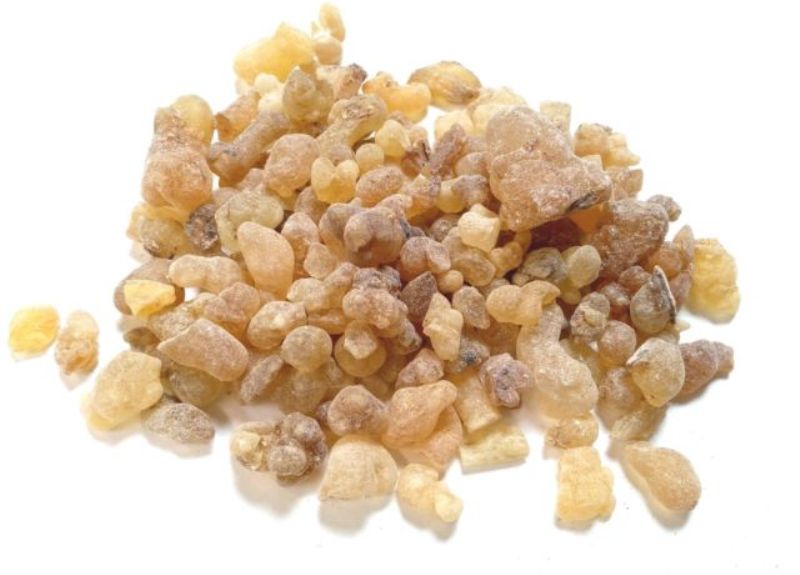
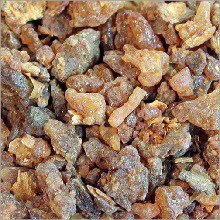
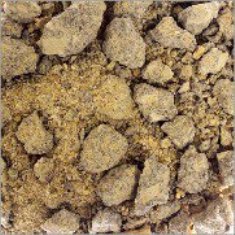
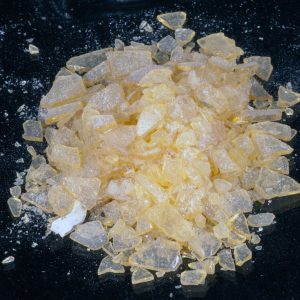
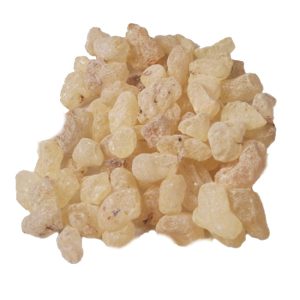
Reviews
There are no reviews yet.